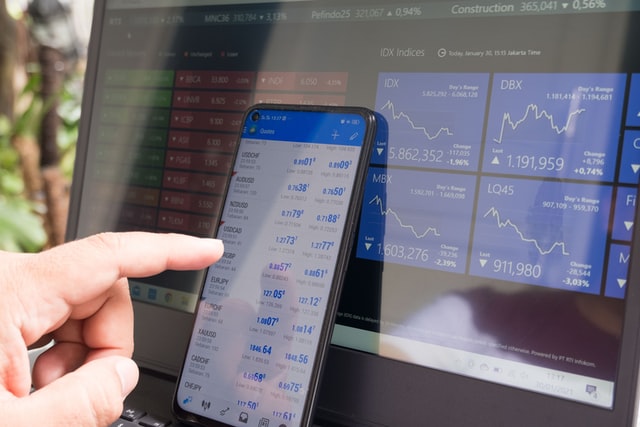Resource / material industry: from "supply constraint" to "steady state of supply and demand". Before 2010, cyclical stocks were driven by "demand expansion", and since 2010, cyclical stocks have been driven by "supply constraints". The "double carbon" in the past 21 years has increased the demand for resources / materials (the new energy chain itself will consume traditional energy / materials) and constrained its supply (the "crowding out effect" of traditional energy investment), and the resources / materials industry will usher in a "steady state of supply and demand". At present, some investors are worried about the marginal decline of commodity demand, but we believe that:
Overseas economies are resilient, and China's post epidemic repair and "steady growth" will support bulk demand.
Demand expansion: the new energy chain will increase the demand of traditional energy / materials industries. The "double carbon" policy since 2021 has opened up the industrial space of the middle Shanxi Guoxin Energy Corporation Limited(600617) chain. The scale of the middle Shanxi Guoxin Energy Corporation Limited(600617) chain is expanding rapidly, and the production and use of new energy chain will consume traditional energy / materials. We calculate:
(1) the production and use of new energy chain in 22 years will consume more than 70 million tons of coal; (2) The fall in China's GDP growth 1PCT will reduce the demand for coal by about 25 million tons. Even if the extreme assumption is that the GPD growth rate will decline by about 3PCT in 22 years, the new energy chain can effectively support the demand for coal.
Supply constraints: supply constraints in the global / Chinese resource / material industry have intensified. The investment in the new energy chain has formed a "crowding out effect" on the global traditional energy / materials, while China's 18-year policy of "normalization of supply constraints" has further exacerbated the supply constraints: in recent years, the capital expenditure cycle of the global / China Resources / materials industry has been basically "ironed". The "double carbon" policy is also restricting the supply of resources / materials industry. The capacity utilization rate of energy / materials is high, and the policy of "ensuring supply and stabilizing price" is not effective. At the same time, the inventory of the resource / material industry remained low, which also exacerbated the supply pressure.
Steady state of supply and demand: reverse globalization accelerates the steady state of supply and demand of resources / materials. Both Russia and Ukraine are important exporters of global energy / materials. The conflict between Russia and Ukraine accelerates the "anti globalization" and further intensifies the supply constraints of global resources / materials. "Anti globalization" will also accelerate the strategic layout of "energy security" in relevant countries (especially China), and the overweight of investment in new energy chain will increase the demand for traditional energy / materials.
At the same time, "anti globalization" will also aggravate the pressure of stagflation and bring the price and profitability of resources / materials to a "high and steady state".
Valuation reshaping: the resource / material industry will shift from Pb valuation to PE valuation, and low PE will reshape upward.
Compared with overseas countries, China's resource / material leaders are obviously underestimated, and there is a large space for upward revision of valuation. Since 2010, the resources / materials driven by "supply contraction" have been valued according to Pb (near the mean). In 2021, the steady state of "double carbon" supply and demand will bring high profit toughness, and the resources / materials industry will switch to PE valuation (mean value - 1 times the standard deviation). Moreover, the valuation of resource / material industry will also change from "buying at PE high point"
(profit ups and downs) to "buy at PE low point" (profit high tenacity).
Industry configuration: "supply and demand gap" continues + the direction of "low-carbon transformation". The "double carbon" new energy chain will strengthen the "steady state of supply and demand" of resources / materials and realize the upward remodeling of "low PE valuation" - (1) short term focus: the conflict between Russia and Ukraine intensifies global supply constraints, and the "supply and demand gap" potentially continues to expand coal / nonferrous metals / chemical industry. (2) Medium term focus: carbon neutral "post breaking" traditional cycle "low-carbon transformation" of state-owned enterprises
Direction of green building / coal chemical industry / recycled aluminum.
Risk tip: the epidemic situation is repeated, the economy is less than expected, liquidity is tightened, and China US relations are uncertain.
